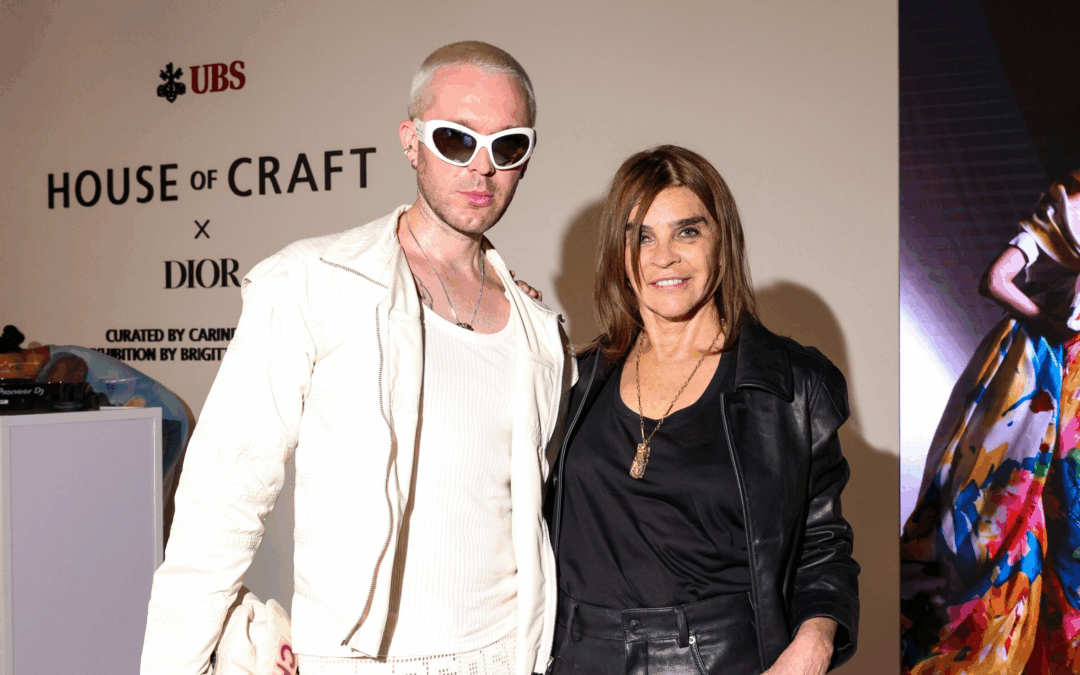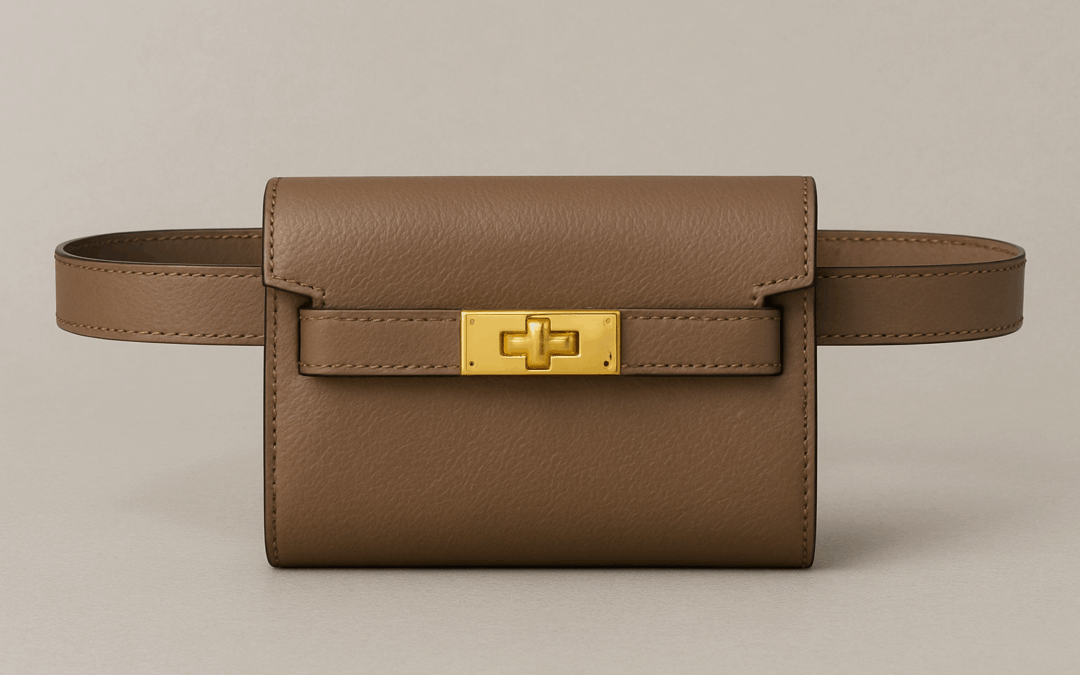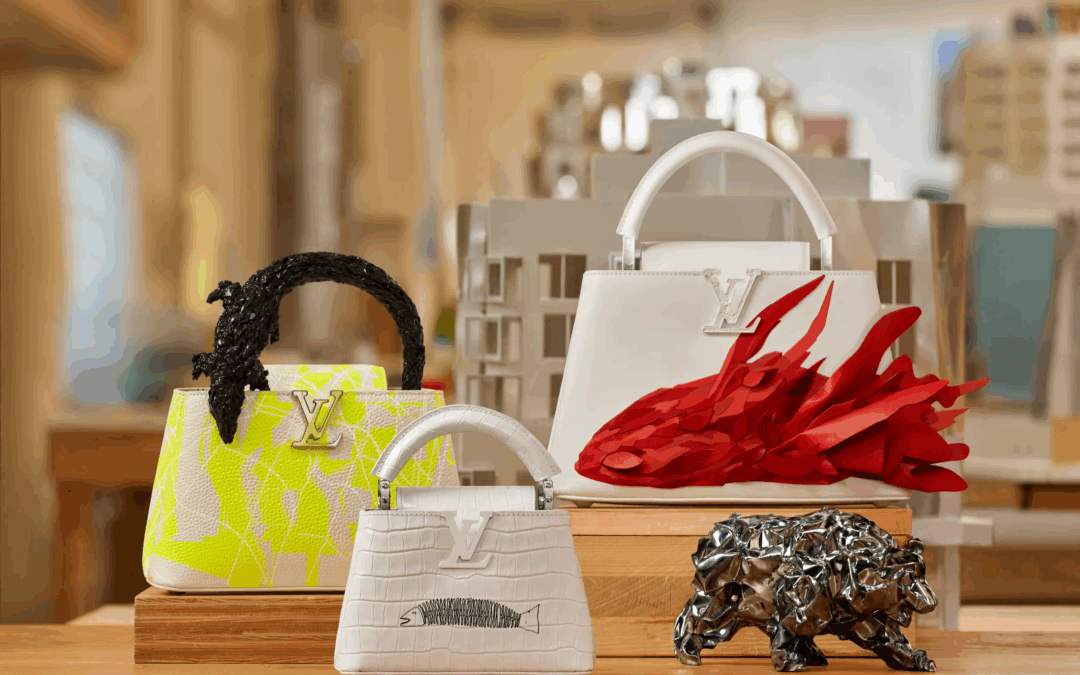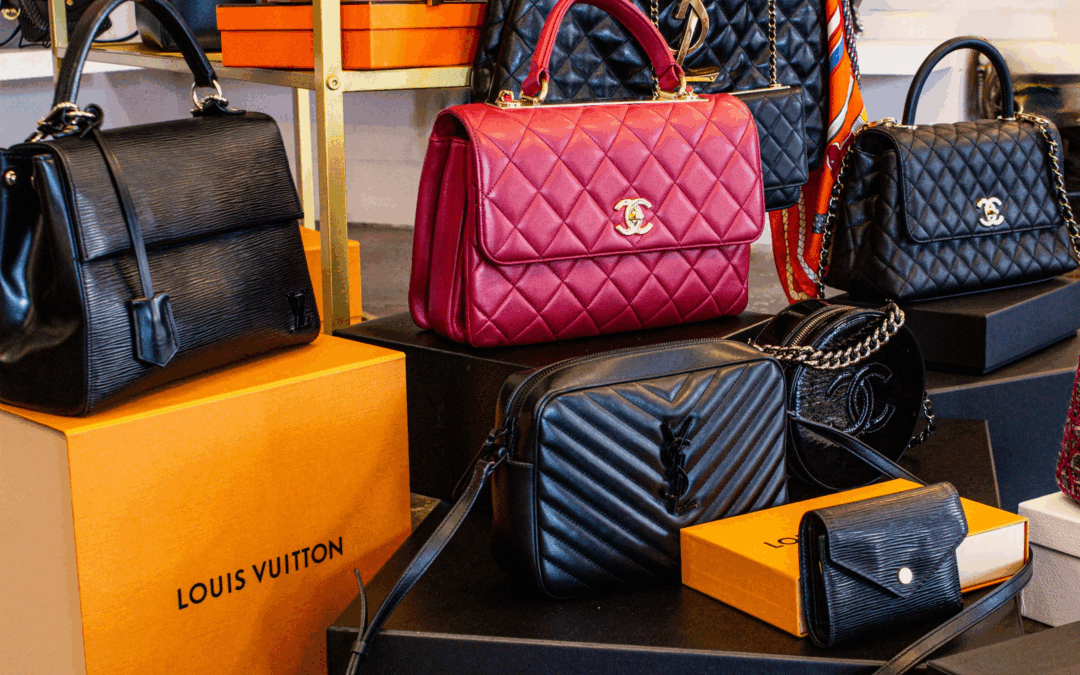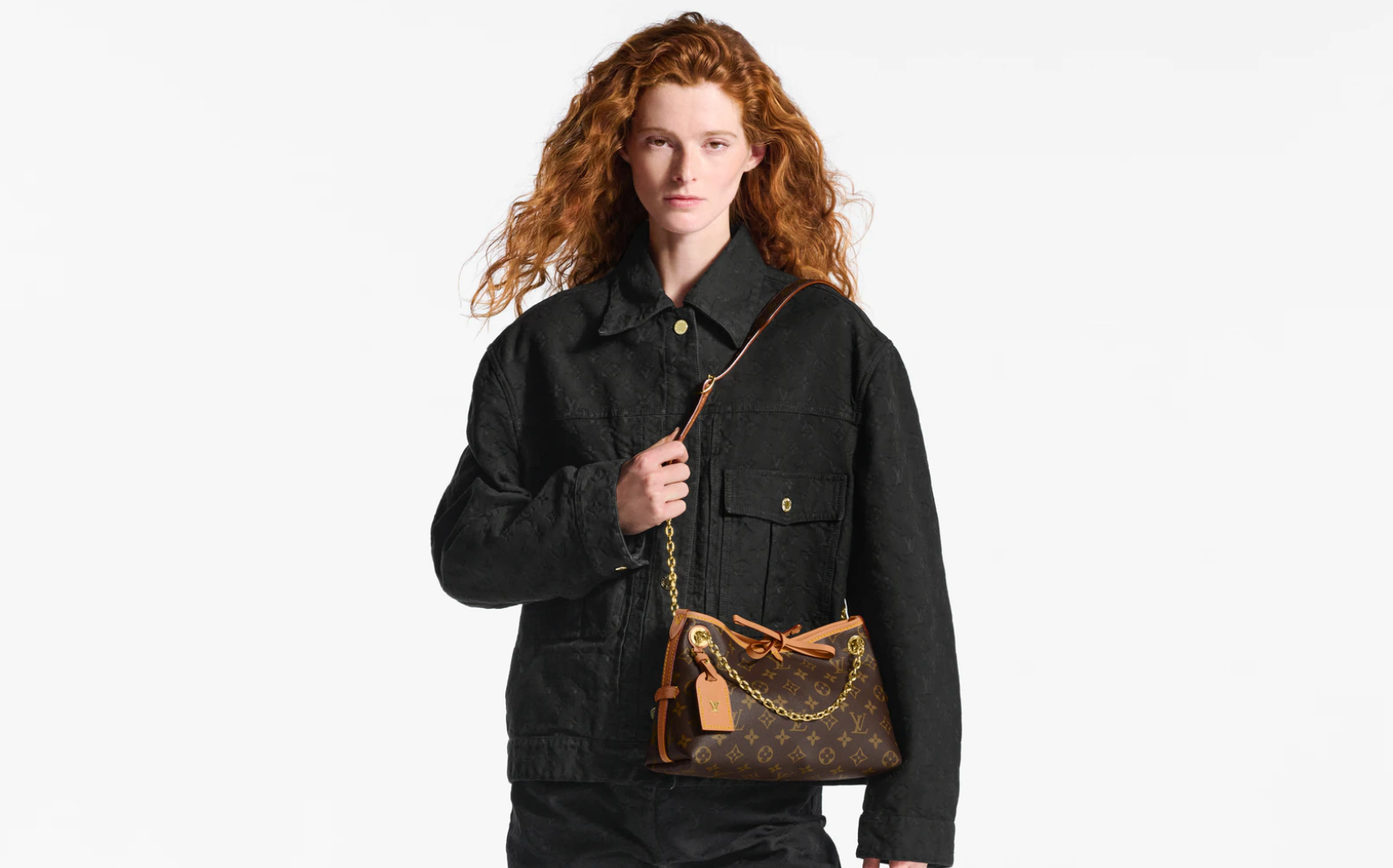
Louis Vuitton at Walmart: The End of Luxury as We Knew It

Style Companion
Louis Vuitton at Walmart: The End of Luxury as We Knew It
by Thea Elle | June 30, 2025 | Luxury Industrial Complex
In a turn that would once have been unthinkable, Walmart—the nation’s largest retailer, renowned for its rollback pricing and rural reach—has begun offering $6,000 LOUIS VUITTON handbags on its e-commerce platform. Far from a novelty experiment, this move is the culmination of a decades-long trajectory by luxury houses to chase scale over soul, a change first diagnosed in Dana Thomas’s Deluxe: How Luxury Lost Its Luster (Penguin Press, 2007). As Thomas detailed, fashion’s most storied names were absorbed by conglomerates like LVMH, KERING, and RICHEMONT, transforming craftsmanship and heritage into commodities to be marketed at ever-increasing volume.
The arrival of LOUIS VUITTON on Walmart.com does not democratize luxury. It erases the very notion of exclusivity that once justified sky-high price tags. A brand that once insisted upon curated in-person experiences now relies on a “Buy Now” button to seal its transactions. The democratization Dana Thomas described has mutated into commodification, stripping luxury of its rituals and rendering it indistinguishable from any other product requiring two-day shipping.
Online marketplaces have infinite shelf space, but they also collapse context. A LOUIS VUITTON Speedy bag no longer demands hushed lighting and bespoke service; it sits cheek by jowl with garden mulch and dish soap. This is not the future of luxury. It is its coda. The latest click-and-deliver economy has corroded the mythology that kept high-fashion rare and admired.

Luxury Brands Meet the Mass Market
Once, accessing LOUIS VUITTON, GUCCI, or FENDI required a visit to an exclusive boutique in a fashion capital. The boutiques themselves were part of the allure—carefully maintained environments where every detail reinforced a brand’s narrative of heritage and craftsmanship. Today, those narratives unravel on Walmart’s digital shelves. The retailer’s partnership with Rebag has brought thousands of authenticated pre-owned items from HERMES, LOUIS VUITTON, and CHANEL to a mass audience, expanding accessibility while obliterating the rituals that once defined luxury shopping.
The logic for Walmart is clear: in a world dominated by Amazon, Rakuten, and eBay, capturing aspirational consumers demands an “all-in-one” destination. Yet by inviting luxury into its ecosystem of volume, speed, and transparency, Walmart exposes a profound paradox: luxury must remain somewhat out of reach to retain its mystique. With each handbag added to the digital marketplace, the brand’s once-sacred story becomes just another data point in a vast product catalog.
Dana Thomas warned that conglomerates like LVMH and KERING engineered this outcome by deploying entry-level products—perfumes, sunglasses, inexpensive leather goods—to democratize their brands, only to discover that mass appeal undermined exclusivity. They built an empire on the illusion of scarcity, leveraging flagship stores, licensing, and e-commerce to control every facet of distribution. But scarcity, once manufactured at scale, loses its potency.
The Collapse of Exclusivity
Luxury has always traded on the currency of rarity. High prices signal that a product is beyond the reach of most, creating desire through inaccessibility. When a $6,000 LOUIS VUITTON bag appears next to a $20 slow cooker, that currency evaporates. The purchase becomes a transaction devoid of ceremony, and the emotional resonance that once distinguished luxury items vanishes.
Luxury as a Marketing Term, Not a Craft
The ultimate loss is intangible: prestige. A monogrammed bag may still bear the name LOUIS VUITTON, but the artistry and narrative that once justified its cost are no longer guaranteed. The bag becomes a logo slapped on generic manufacturing, its value defined by algorithms rather than artisans. What was once a testament to generations of skill becomes a marketing artifact, hollowed out by the very systems designed to amplify it.
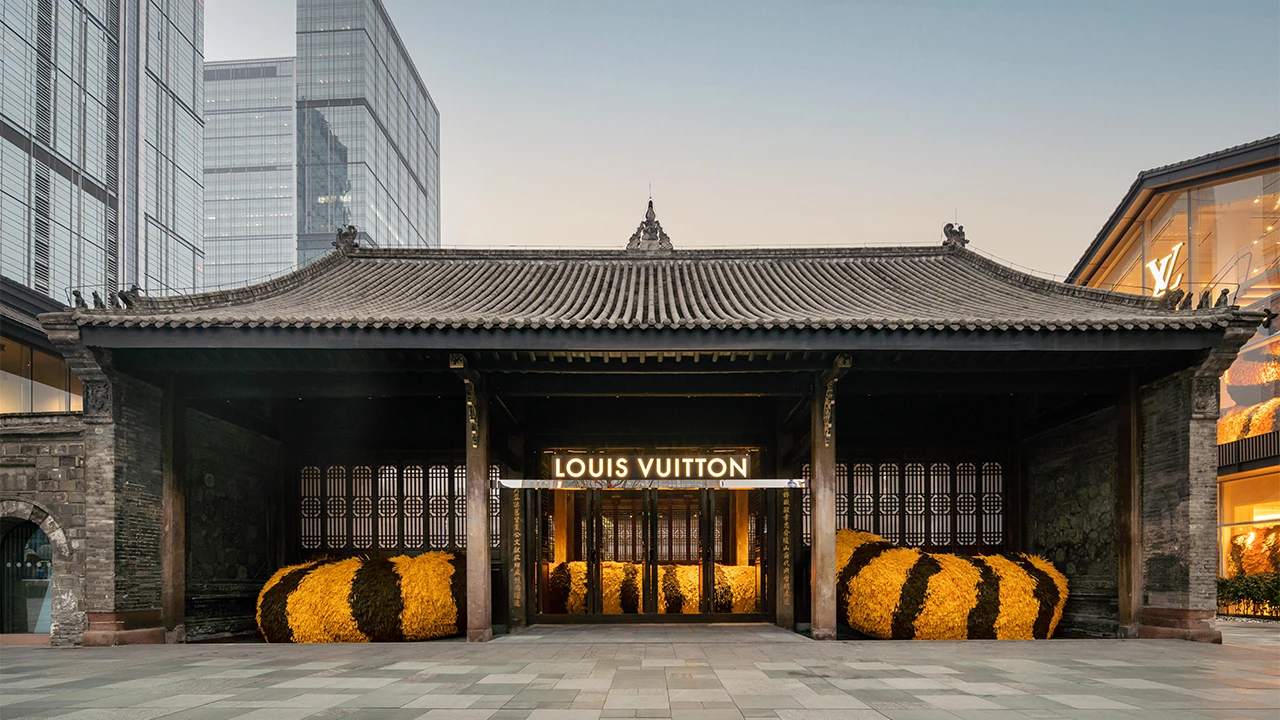
The analog care of a boutique contrasts sharply with the digital convenience of a mass retailer.
Walmart Did Not Break Luxury. It Merely Revealed the Truth.
Walmart did not hollow out LOUIS VUITTON’s legacy; the luxury houses did that themselves in pursuit of growth. By prioritizing expansion—through perfumes, entry-level accessories, and global retail footprints—conglomerates traded exclusivity for ubiquity. Walmart’s marketplace is a mirror reflecting the industry’s choices, not the originator of luxury’s demise.
Where Does Luxury Go From Here?
Having entrusted its identity to corporations and commoditized its products, the luxury sector now faces an existential question: how to reclaim meaning when scarcity is no longer an option. Artificial limits can be imposed, but they ring hollow once the broader market has tasted unfettered access.
The next chapter in luxury may belong to boutique maisons that resist scale or to entirely new paradigms of exclusivity—perhaps experiences that cannot be delivered via two-day shipping. But as LOUIS VUITTON continues to mingle with household goods, the industry’s most potent symbols risk becoming indistinguishable from the everyday.

